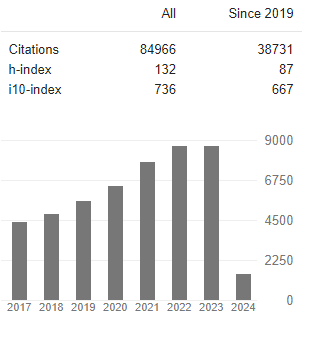Topological Dynamics in Ecological Biomes and Toroidal Structures: Mathematical Models of Stability, Bifurcation, and Structural Failure
Abstract
Richard Murdoch Mongomery
This study presents two interconnected mathematical models: one describing the stability and bifurcation dynamics of ecological biomes, and another simulating the progressive deformation and structural failure of a toroidal object. Both models explore topological changes in complex systems, bridging concepts from ecology, materials science, and mathematical physics. The first part introduces a dynamic model of ecological biomes, incorporating seasonal oscillations and external pressures. We define equations for topology updates, seasonal effects, and pressure impacts, culminating in a bifurcation condition that represents a critical shift in the biome's equilibrium state. This model provides insights into the resilience and tipping points of ecological systems under varying environmental stresses. The second part extends these concepts to a three- dimensional toroidal structure. We present parametric equations describing the torus geometry and develop a time-dependent deformation model that includes both stochastic and deterministic elements. A novel twisting deformation component enhances the realism of the structural changes. We define a critical threshold for maximum displacement, beyond which the torus undergoes structural failure, analogous to the bifurcation point in the biome model. Both models are implemented computationally, providing visual representations of the systems' evolution over time. The biome model illustrates the path to and consequences of bifurcation, while the torus simulation depicts the stages of deformation leading to structural break. This work contributes to the understanding of topological changes and critical transitions in both ecological and physical systems. By presenting these models in parallel, we highlight the universal nature of stability, bifurcation, and failure across different domains. The methodologies presented here have potential applications in ecology, materials science, structural engineering, and theoretical physics, offering a framework for studying the limits of system integrity under stress.




